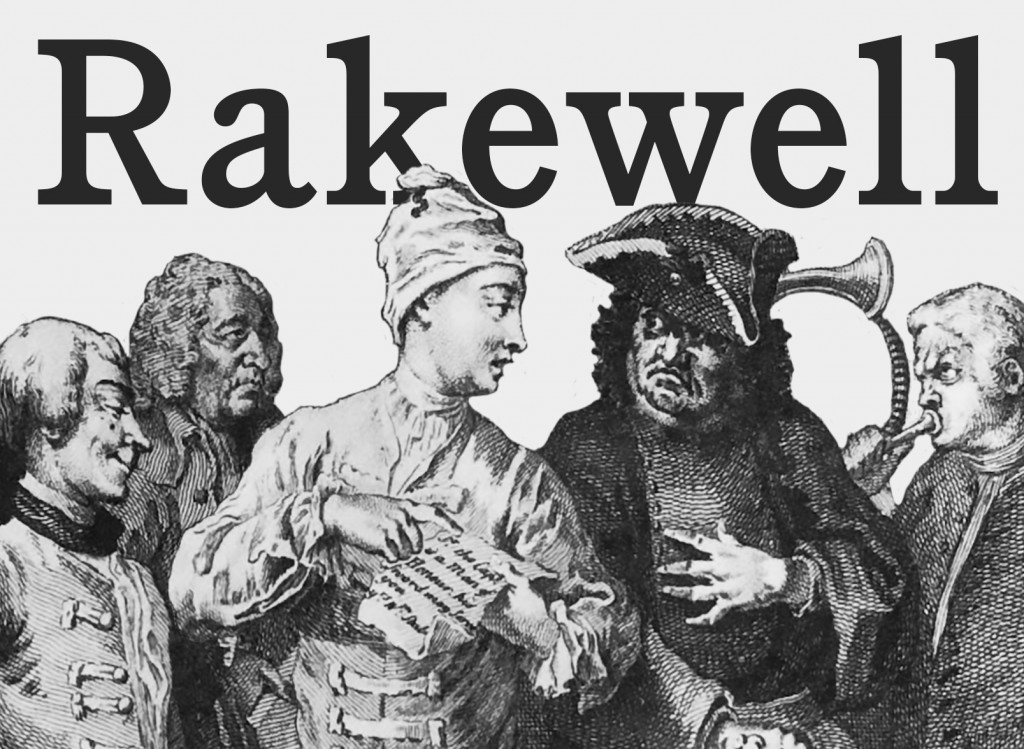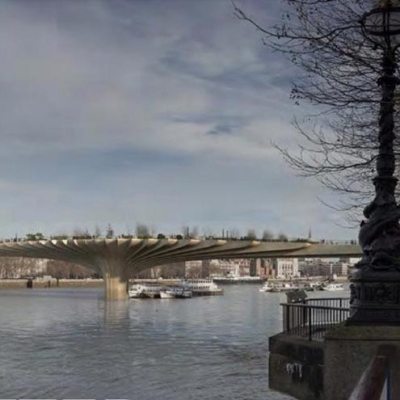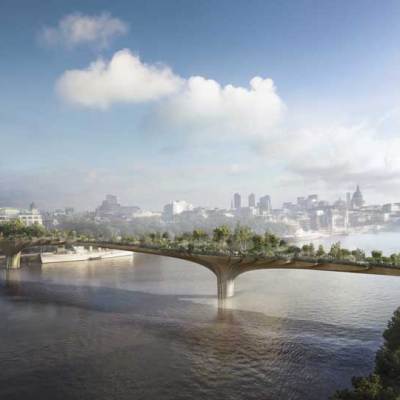Introducing Rakewell, Apollo’s wandering eye on the art world. Look out for regular posts taking a rakish perspective on art and museum stories.
It looks as though 2016 might be the year that the art world returns to Victorian values. As Rakewell reported earlier this week, a visit from Iranian PM made Italian authorities uncharacteristically bashful over their cultural assets.
Meanwhile in Toulouse, punters turning up to donate blood at the city’s town hall were surprised to discover that the nude statues in the building’s Salle des Illustres gallery had been subjected to similarly puritanical treatment. Apparently, the sculptures’ private parts had been tastefully covered with large paper flowers. When one baffled blood giver asked why, he was told that the ‘some of the organisers might have been offended by the exposed sexual organs’.
The Rake hastens to cover the legs of his piano. Prudishness, it seems, is this year’s new black.
*
Thomas Heatherwick’s proposal for a ‘Garden Bridge’ spanning the Thames between Temple and the South Bank has proved nothing if not controversial. Quite apart from the budgetary, political and aesthetic concerns raised over the scheme, one question stands out. To wit: with so many other stretches of the river ill served by crossings, does central London really need another bridge?
Heatherwick certainly thinks so. ‘Yes, London does have a lot of bridges’, he told The Times’s Richard Morrison, ‘but they are very unevenly spaced…the average gap is 450 metres, but between Blackfriars and Waterloo bridges [where the Garden Bridge is planned] it is 900 metres’.
Just upstream, however, the gap between Chelsea and Vauxhall bridges spans to 1,616 metres, while still further west, the distance between Battersea and Wandsworth bridges runs to 2,037 metres. Heading east, the situation is more shameful still: the distance between Tower Bridge and Dartford’s QEII, the nearest above-ground crossing, runs to 31,247 metres – or 19 and a half miles. ‘Unevenly spaced’ indeed!
*
No one who saw Roger Hiorns’ 2008 sculpture Seizure could describe it as anything less than ‘powerful.’ The work – essentially a council flat filled with copper sulphate crystals – provoked rapturous praise. ’Unexpectedly, it is at once clean and dirty,’ wrote art critic Adrian Searle. ‘The crystals have a chemical, geometric purity, yet the overall effect is one of a space befouled.’
Truly, that doesn’t explain the half of it. Speaking at an event at the Norwegian ambassador residence in London this week, Hiorns remembered the public reaction to the work: ‘People had a very intense relationship with Seizure,’ he explained, ‘We found people meditating in it. Someone even tried to have sex in there.’
*
The news that Dr Christoph Vogtherr is to leave the Wallace Collection to take up the directorship at the Hamburger Kunsthalle caught many of us art-world watchers off guard. Vogtherr, who has worked at the museum since 2007 and became its director in 2011, will be much missed, not least by his staff. ‘It’s a terrible loss,’ one member of staff confided to Rakewell. ‘I mean, can you think of another museum director who sorts the mail himself?’
The Rake is stumped. He can, however, offer a word of advice to Vogtherr’s as yet unnamed successor: if you want to win hearts and minds, you may need to put in the hours in the postroom.
Got a story for Rakewell? Get in touch at rakewell@apollomag.com or via @Rakewelltweets.




